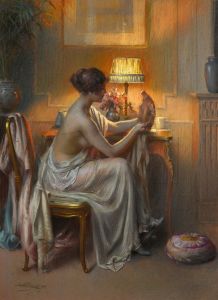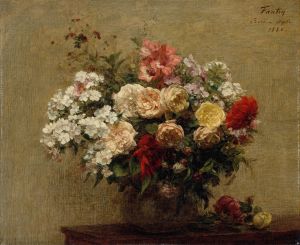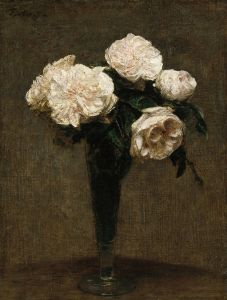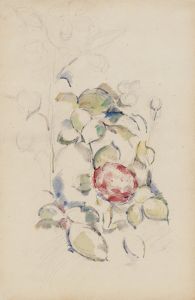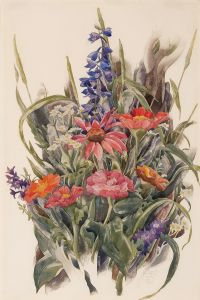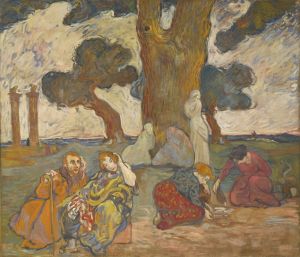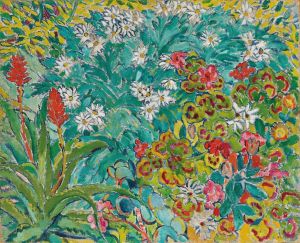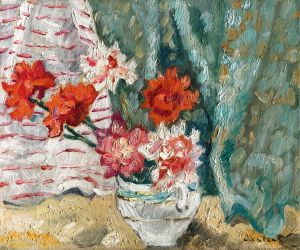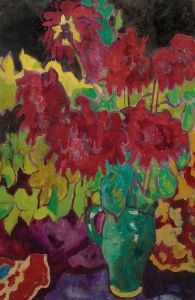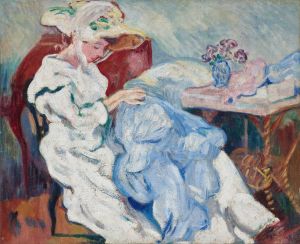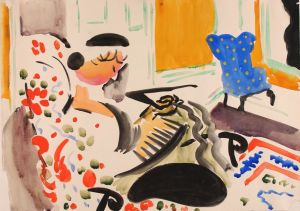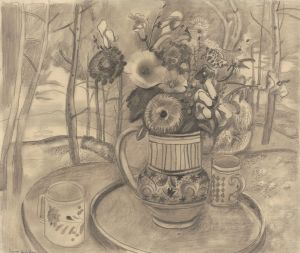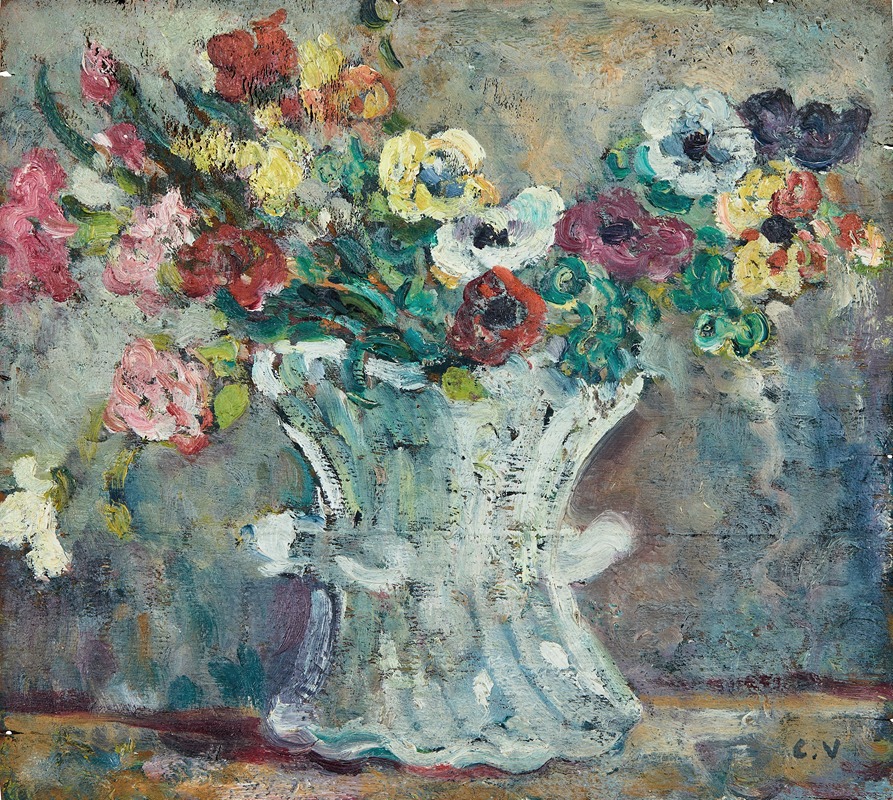
Vase de fleurs
A hand-painted replica of Louis Valtat’s masterpiece Vase de fleurs, meticulously crafted by professional artists to capture the true essence of the original. Each piece is created with museum-quality canvas and rare mineral pigments, carefully painted by experienced artists with delicate brushstrokes and rich, layered colors to perfectly recreate the texture of the original artwork. Unlike machine-printed reproductions, this hand-painted version brings the painting to life, infused with the artist’s emotions and skill in every stroke. Whether for personal collection or home decoration, it instantly elevates the artistic atmosphere of any space.
Louis Valtat (1869-1952) was a French painter and printmaker associated with the Fauvist movement. He is known for his vibrant use of color and his contributions to the development of modern art in the early 20th century. One of his notable works is "Vase de fleurs" (translated as "Vase of Flowers"), which exemplifies his style and artistic approach.
"Vase de fleurs" is a still life painting that showcases Valtat's mastery in capturing the essence of his subjects through bold colors and dynamic compositions. The painting features a vase filled with an assortment of flowers, rendered in a vivid and expressive manner. Valtat's use of color is particularly striking, with bright, contrasting hues that bring the flowers to life and create a sense of vibrancy and movement.
Valtat was born in Dieppe, France, and studied at the École des Beaux-Arts in Paris, where he was influenced by the Impressionists and Post-Impressionists. His early works were characterized by a more subdued palette, but he gradually adopted a brighter and more expressive use of color, which became a hallmark of his mature style. Valtat was also influenced by the work of Vincent van Gogh and Paul Gauguin, whose bold use of color and expressive brushwork can be seen in "Vase de fleurs."
The Fauvist movement, which emerged in the early 20th century, was characterized by its use of intense color and bold, non-naturalistic forms. Valtat was one of the early adopters of this style, and his work, including "Vase de fleurs," reflects the Fauvist emphasis on color as a means of conveying emotion and creating visual impact. Unlike some of his contemporaries, Valtat's approach to Fauvism was more restrained, focusing on the harmonious arrangement of colors and forms rather than the wild, untamed brushstrokes seen in the works of artists like Henri Matisse.
"Vase de fleurs" is a testament to Valtat's ability to blend the influences of his predecessors with his unique vision. The painting's composition is carefully balanced, with the flowers arranged in a way that draws the viewer's eye around the canvas. The background is often simplified, allowing the vibrant colors of the flowers to stand out and dominate the scene. This focus on color and composition is a key aspect of Valtat's work and demonstrates his contribution to the evolution of modern art.
Throughout his career, Valtat remained dedicated to exploring the possibilities of color and form. His work, including "Vase de fleurs," has been exhibited in numerous galleries and museums, and he is recognized as an important figure in the history of modern art. Valtat's paintings continue to be appreciated for their beauty, their innovative use of color, and their ability to capture the essence of their subjects in a way that is both expressive and visually compelling.
In summary, "Vase de fleurs" by Louis Valtat is a significant work that exemplifies the artist's Fauvist style and his mastery of color and composition. The painting reflects Valtat's ability to create vibrant, dynamic still lifes that capture the viewer's attention and convey a sense of movement and emotion. As a key figure in the development of modern art, Valtat's contributions continue to be celebrated and studied by art enthusiasts and scholars alike.





